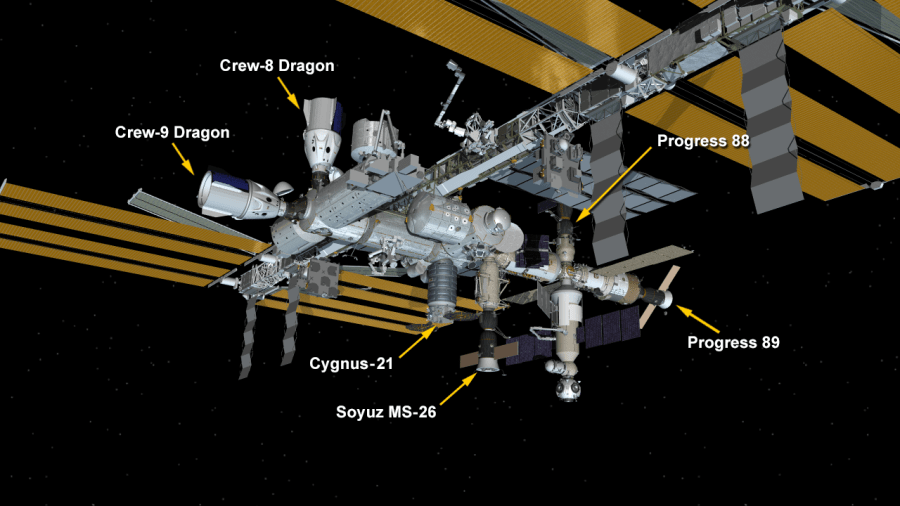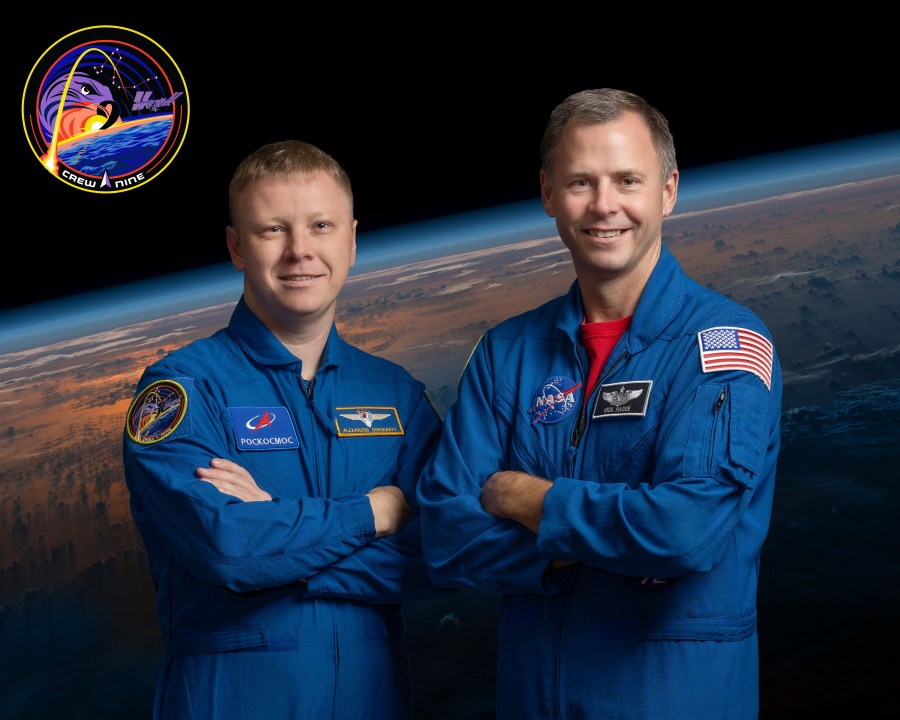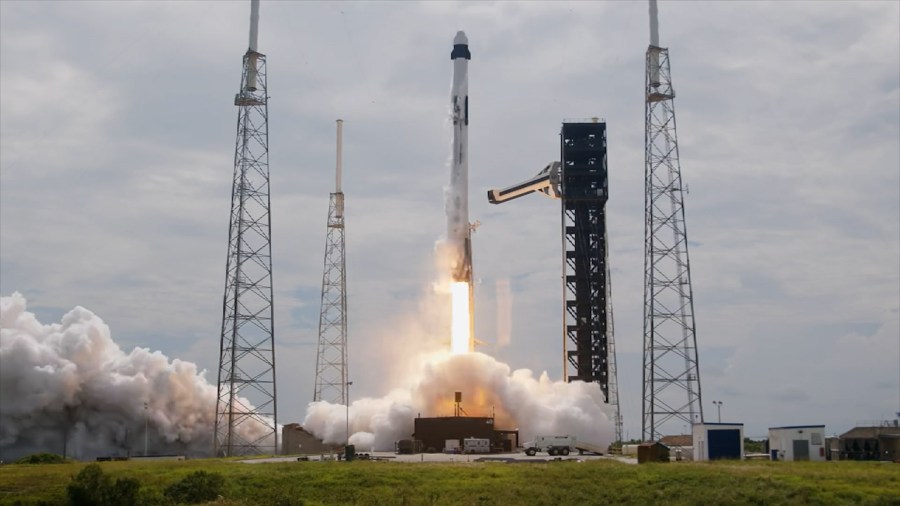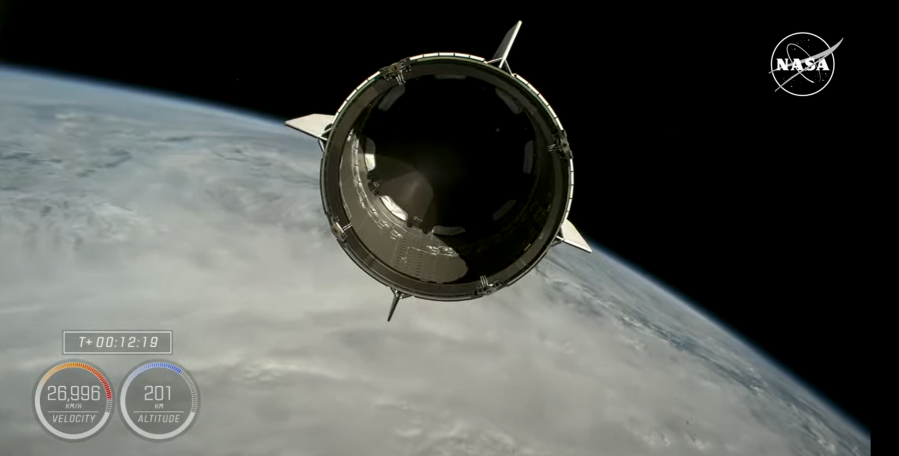NASA astronaut Nick Hague and Roscosmos cosmonaut Aleksandr Gorbunov entered the International Space Station after opening the hatch between the space station and the pressurized mating adapter at 7:04 p.m. EDT before opening the hatch to Dragon. Hague and Gorbunov were welcomed by the space station’s Expedition 72 crew, including NASA astronauts Matthew Dominick, Michael …
Expedition 72 Welcomes Crew-9 Duo Aboard Station





























